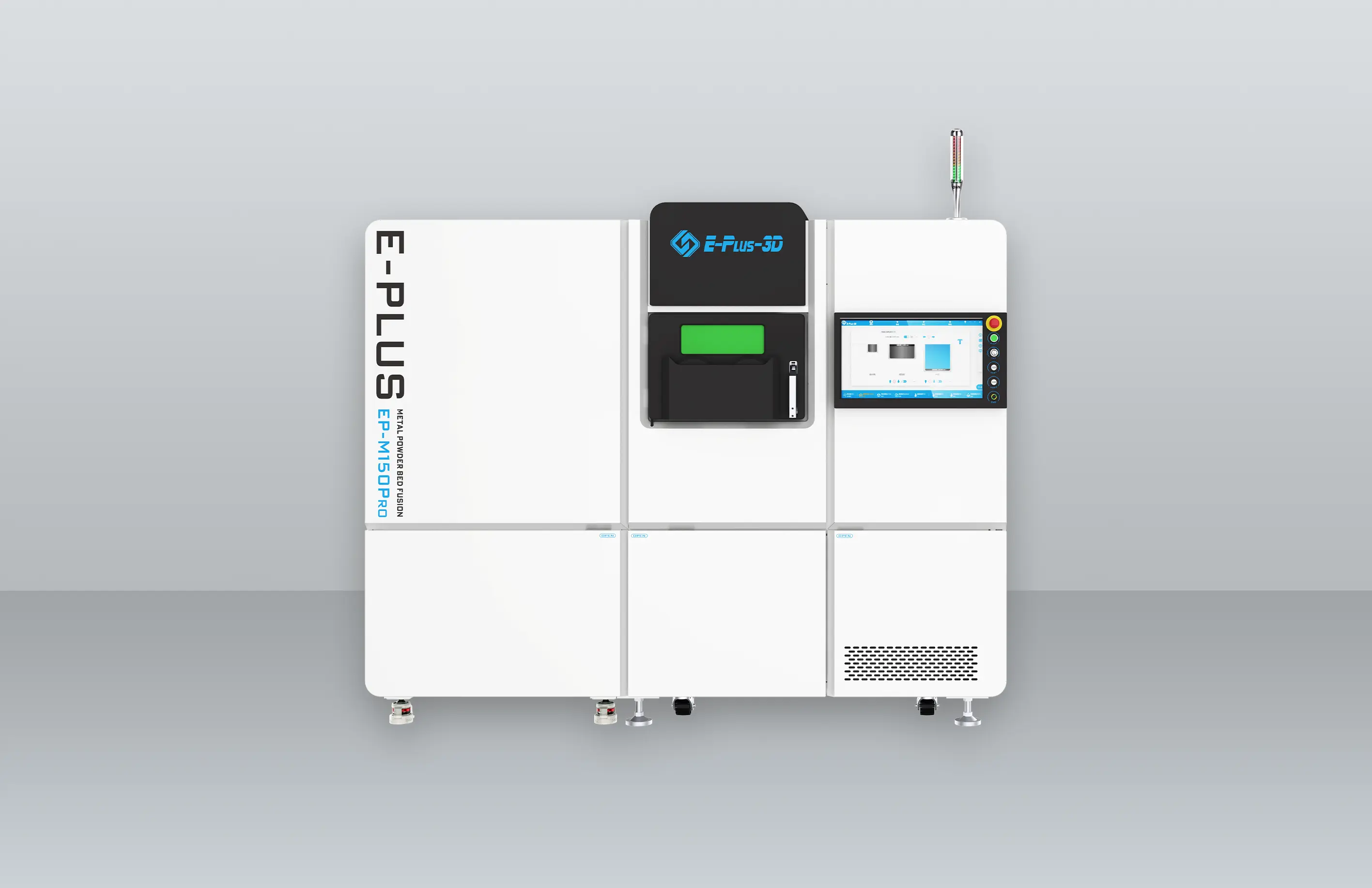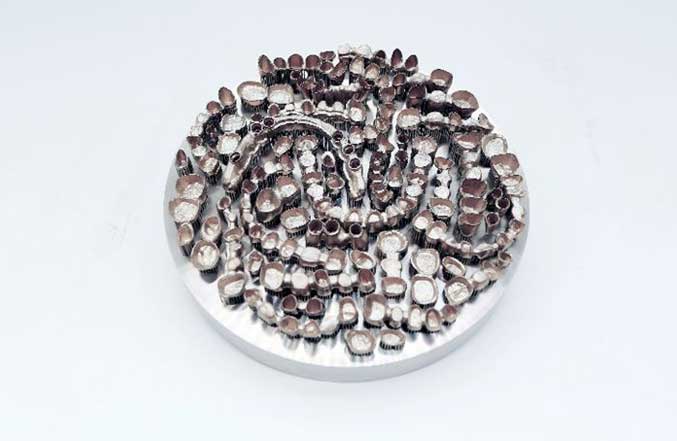
Figure 1: Chassis assembly of front axle
1 Abstract
In racing, every millisecond counts to be the first to cross the finish line. The Delta Racing Team of Mannheim University of Applied Sciences therefore optimizes their racing car for the Formula Student Electric every year. The biggest improvement of the chassis this year is the production technology switch to additively manufactured wheel carriers and the benefits that come along with it. The most accurate numerical calculation methods, a topology- and production-optimized design, as well as the printing of the aluminum component on Eplus3D's EP-M250Pro, can achieve a weight saving of over 50% and thus an extraordinary increase of performance of the whole car compared to with the previous CNC-milled component.
2 Foreword
In racing, vehicle weight plays a decisive role in performance and driving behaviour. The wheel carrier is the central element for absorbing and transmitting forces. With the help of additive manufacturing processes, new possibilities of shape and design freedom have been created. The development is based on computer-aided analyses. Tools such as topology optimization of the structure by finite element method (FEM) are used here. These softwares analyze the predominant loads of the component and calculate an optimized component geometry. This information is incorporated into the design process. This allows different manufacturing processes to be compared and to avoid costly part changes.
3 Load cases
In order to calculate the total forces which are applied on the component in the end, the different predominant load cases are determined. For this purpose, all existing vehicle data are taken into account and evaluated with the help of a numerical calculation software. The basis for this is literature from the field of racing car technology. The following load cases have been analyzed.
Maximum vertical impact
Extreme braking with pitch compensation
Extreme approach with pitch compensation
Extreme cornering (dynamic calculation)
Inside cornering wheel
Outer cornering wheel
Braking in pothole
Braking in reverse
Impact of track boundaries
Deflection into the limit stop

Figure 2 Sketch of loads [Source: Rennwagentechnik; Grundlagen, Konstruktion, Komponenten, Systeme; Trzesniowski, Michael; ISBN 978-3-658-04919-5]
All vehicle data such as aerodynamic downforce, tyre operating field, kinematic pitch compensation, etc. are included in the calculation of real conditions. The aspired operating state is grip with a slight slippage, as this allows the maximum transmission of longitudinal and transverse forces.
4 Topology optimization
In the first step, a working space model is created considering all geometric and kinematic boundary conditions. Important features here are installation surfaces, fittings as well as functional clearances of the chassis kinematics. In order not to restrict the optimization algorithm in advance, all possible freedoms are used. The geometry is now divided into design areas (red) and non-design areas (grey). The design areas are mainly limited by peripheral components. Non-design areas are mostly bearing or connection points. This split allows a finer meshing of the geometry regarding the certain forces, resulting in a faster and more accurate simulation result.

Figure 3: Front axle working space model
A high-strength and corrosion-resistant aluminum alloy AlSi10Mg is used. The alloy has a very good strength-weight ratio.
The model is now meshed by finite elements. Tetrahedron elements with a second-order attachment function are used. The load cases with the previously calculated forces are now applied. By using so-called RBE-3 elements, the force introduction point can be chosen to be the connection between wheel and street. These elements connect several independent nodes to a dependent node via a rigid binding and thus pair their degrees of freedom. This does not stiffen the geometry unnecessarily. Furthermore, the contact zone of the screwed-on fixtures are defined which results in a repeatable setting of the zone of the lintel adjustment.

Figure 4 Different FEM-viewpoints [Left: Articulated nodes; Right: Wheel rise point]
Figure 4, two different considerations are examined:
The aim of topology optimization is to achieve the medium yield with a more definite mass reduction. The software will ultimately be given the level of filling restriction, which describes the ratio of the output mass and target mass in the design volume. The mean yield is formed from a total of 18 load cases and their respective importance as well as a safety factor. With the help of the solver "OptiStruct" the optimal solution is calculated and further refined over several iterations.

Figure 5: Element density distribution front axle
The created structures must now be re-modeled by the designer. For this purpose, polygon meshes are generated around the proposed geometry. These are freely customizable afterwards.

Figure 6 Creating the Meshes

Figure 7 Remodelling front and rear axle
5 Proof of strength
The new design is examined for its strength with stress analyses of all load cases. In order to obtain a better overview of all load cases, the result of overlapped stress results is considered, which overlays all maximum values of the load cases.
When evaluating the simulation results, it is noticeable that elevated stresses occur in hardly any area. This is due to topology optimization and the safety factor used.
In the area of the lower chassis connection of the rear axle and in the contact area of the bracket of the front axle, singularities occur in isolated load cases. This results in a few elements on sharp edges with increased tension. However, to obtain a meaningful result, the surrounding stresses are considered at a sufficient distance from the singularities.

Figure 8: Singularity front axle bracket Fall adjustment
In a closer look, the Von Mieses comparative stresses of each load case is below the material yield limit.

Figure 9 Proof of strength front axle

Figure 10 Proof of strength rear axle
6 Design for Manufacturing
In order to ensure a smooth production of the components, several optimizations are carried out to ensure the manufacturability of the topology-optimized component. These are developed in a project together with participants of the Delta Racing e.V., the machining specialist Klaeger Präzision GmbH & Co. KG as well as with the consulting team of Eplus3D.
As a first rapid prototype and as a touch and feel example and for discussion with all stakeholders, a wheel carrier made of PLA is 3D-printed using the FFF process.
The production order of the components is then defined as follows: The parts are produced additively on an EP-M250Pro MPBF (Metal Powder Bed Fusion) printer. Afterwards, the component and building platform are annealed in a vacuum furnace to lower the stresses inside the parts. With the help of a wire eroding machine, the component is separated from the build platform and the support structures are removed. It is followed by sandblasting the surface as well as the machining of functional areas on a 5-axis CNC milling machine before quality control is being done.
Figure 11a machining allowance is granted (red) in several areas of the CAD model.

Figure 11 Optimization history front axle
Intrinsic stresses generated through the additive process must be eliminated by stress annealing of the components. In order to keep the deformation through such residual stresses as low as possible from the beginning, the angles of the rods connecting the functional surfaces should be lowered. After re-verification by the simulation tool, the changes can be applied to the design (see Figure 12).
The rod-like construction of the component and the few possible clamping surfaces favour vibrations during the machining post-processing, which lead to chatter marks. Therefore, as can be seen in Figure Figure 11and Figure 13 (blue). These changes make it possible to manufacture the entire component in one clamping process on a 5-axis CNC milling machine and thus to comply with all required shape and position tolerances (see Figure 14).

Figure 12: Angle change front axle

Figure 13 Post-processing clamping surfaces

Figure 14: CNC post-processing
7 Outlook
The topologically optimized wheel carriers represent another milestone in Delta Racing's racing car development. In the pre-season, CNC milled wheel carriers were installed. With the bionic design, the potential of lightweight construction could be exploited, and the weight of the previous year's wheel carrier reduced by 50%. The new wheel carriers therefore weigh about 550 grams per piece. All masses around the wheel belong to the unsprung masses, which act directly on the vehicle and are not delayed by the springs and dampers. Unsprang masses therefore have a factor of 7 to the total moving mass. The drastic reduction of the unsprang masses therefore makes the driving behaviour significantly more agile and noticeably more handy.

Figure 15: Uprights 2021









































